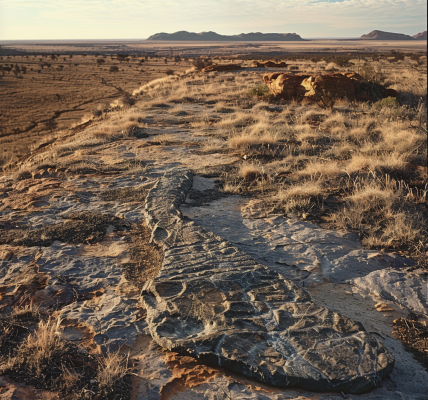A recent study published in Nature Astronomy has shed light on the low-temperature formation of pyridine and (iso)quinoline through neutral-neutral reactions. Aromatic molecules play a crucial role in prebiotic chemistry as they are considered essential precursors to DNA and RNA nitrogen bases. Despite the discovery of numerous molecules in extraterrestrial environments, the pathways to pyridine, pyridinyl, and (iso)quinoline have remained mysterious.
The research conducted by Zhenghai Yang, Chao He, Shane J. Goettl, Alexander M. Mebel, Paulo F. G. Velloso, Márcio O. Alves, Breno R. L. Galvão, Jean-Christophe Loison, Kevin M. Hickson, Michel Dobrijevic, Xiaohu Li, and Ralf I. Kaiser provides compelling evidence on the gas-phase formation of methylene amidogen and cyanomethyl radicals through molecular beam studies and electronic structure calculations. By modeling the chemistries of the Taurus molecular cloud (TMC-1) and Titan’s atmosphere, the researchers have identified a series of reactions that lead to the synthesis of pyridine, pyridinyl, and (iso)quinoline from these radicals at levels of up to 75%.
This groundbreaking study offers new insights into the origins of prebiotic molecules in hydrocarbon-rich extraterrestrial environments. The discovery of these pathways to essential nitrogen-containing aromatic molecules has the potential to revolutionize our understanding of the formation of life-building blocks in our Galaxy.





